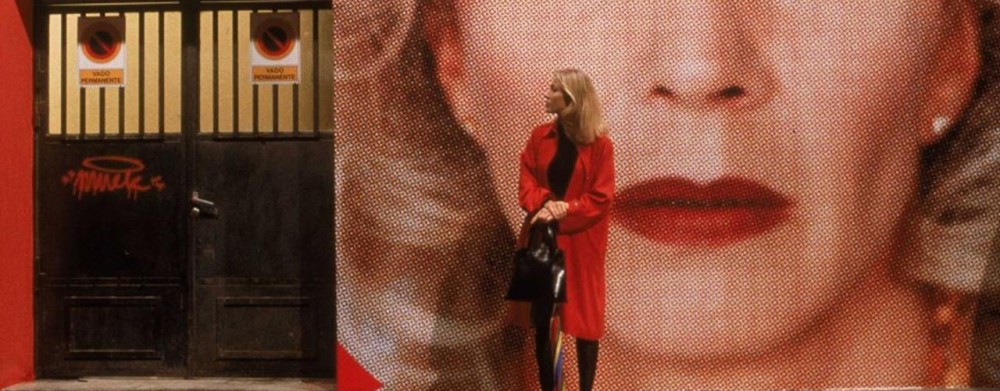Kracauer argues in “History and Fantasy” that the filmmaker may go to the “limit” (81) in portraying the peculiar modes of a certain historical era. The practical implications of historical cinema are interesting to me here: what about when we add on a layer of distance; that is, what is it like for people in the present day to watch a black-and-white silent film made in the early twentieth century that depicts even more distant events? Does the time between today’s era and that of Gance’s Napoleon, for example, become another aspect in the historical portrayal? For me, historical films made closest to my own era are the most “realistic” depictions of history. Watching a film like Napoleon I forces me to consider the limitations of cinema at that time as well as the lack of color and sound. So when Kracauer stresses shifting the emphasis from history proper to camera-reality and posits that Joan of Arc’s face is located in a kind of no-man’s-land (80) through use of the close-up, it makes me wonder how we today experience that face, through the double temporal distances of 2010s → 1920s and 1920s → 1400s. Does that extra layer cause problems for our reception and interpretation? Could or do we see Joan of Arc’s face as nowhere but rather very firmly in and of the 1920s, as well as the 1400s and the 2010s? Can mere technological innovation between then and now diminish the timelessness of her face?
Film Theory Seminar, Spring 2015
The Graduate Center, CUNY / Prof. Amy Herzog



Colleen (I can’t get my response to appear below yours!)–
I definitely agree that Joan of Arc is a great example of an instance where facial close-ups reel you in, and for that reason it’s much more effective to me than other historical films from that period. However, I do feel that looking at the black-and-white face of Falconetti conjures up a historical specificity that takes me out of the moment.
When Kracauer writes, “When the Inquisition tried and burned witches, the world was stationary rather than dynamic, thinly populated rather than crowded; there was not yet the sensation of dizzying physical movement and the amorphous masses were still to come. It was essentially a finite cosmos, not the infinite world of ours,” he wrongly assumes that the aesthetics of life were entirely different from today. Kracauer goes on to declare that in Days of Wrath “It is as if the old Dutch masters had come to life” (81). It seems that he supports historical films that evoke the artistic practices of their periods; in other words, Kracauer prefers films that demonstrate how we think of the past from a modern perspective–he recommends that a film about the Middle Ages appear similar to a pre-Renaissance painting rather than a lifelike resemblance of past events. If he wants historical films to have a “documentary” aspect, why should they conjure their time periods aesthetically? And moreover, doesn’t Joan of Arc violate this idea since the film’s appearance is so deeply imbued with stylistic tendencies of the 1920s?
This is great. I am always fascinated by the responses of modern-day audiences to films of the distant past. Interestingly, it was Dreyer’s The Passion of Joan of Arc that opened up the possibility for me personally to enjoy something I always felt so distant from – namely, old black and white films particularly silent ones. My (mis)conception of them was that they were all full of over-the-top acting, cheesy sets and story lines that I couldn’t relate to, not to mention the lack of color! But I do think that Kracauer is correct in saying that Dreyer’s Joan of Arc was perhaps the best example of camera-reality history successfully presenting a historical moment authentically without the staginess and distractions (from various “time appropriate” costumes or sets) that can often occur in that exercise. A little anecdote: I first saw Joan of Arc in an undergraduate history class at the University of Michigan. Here was an auditorium of about 150 early 20-somethings who would probably immediately change the channel if an old black and white historical drama came on their television sets (myself included at that time). However, this film and Falconetti’s stark close-ups completely captivated this room, you honestly could hear a pin drop. I think that speaks to the timeless power of that particular film.
I do think there are more examples of films made in the early period that do fall under the strain of the “double temporal distances” that you bring up, than successful ones that stand the test of time and overcome their temporal distance. They can still be enjoyed of course, but they are perceived more as relics rather than a film like Joan of Arc, which after nearly 90 years still exists as a living, breathing and relevant piece of art that has the capacity to move any audience.